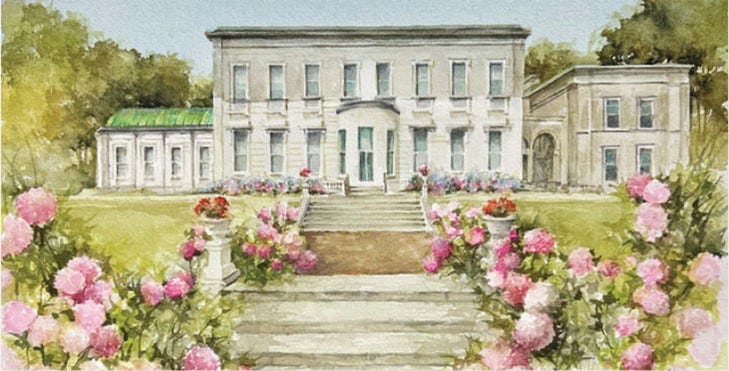Ireland, your second home? Here’s why (and how)...
You could be eligible for an Irish passport and not even realize it.

If you or your parent were born on the island of Ireland before 2005, you are an Irish citizen.
The Irish-American connection is vibrant in the US. In fact, about 1 in 10 Americans could claim an Irish passport today... and most probably don’t even realize it.
YOU could be eligible for one.
And if you are, you could secure your own Irish passport by mail... in 9 months or less... without ever leaving the US!
And an Irish passport is arguably the best one in the world to hold. Ted Baumann, our chief of global diversification, explains why in our August International Living issue, right here.
Ireland can make sense for you even if citizenship by ancestry isn’t in your cards. Clearly people find it a compelling draw.
The latest figures from Ireland’s Central Statistics Office (CSO) reveal a striking shift: a 96% increase in people moving to Ireland from the United States over the past year. According to the report, 9,600 Americans arrived between April 2024 and April 2025—nearly double the number from the previous 12 months.
Our own offices are in Ireland these days—we relocated from Baltimore more than 20 years ago and to Woodlock House in the town of Portlaw, outside of Waterford in Ireland’s southeast, in 2016.
That’s the place in the illustration above—you can read about it in our recent June issue: The Many Lives of Woodlock House.
I’ve had the good fortune of working out of our Ireland base for the better part of two decades now. I’ve spent lots of time enjoying the good company of our team of editors and marketers and tech guys—a warm, funny, musical, well-traveled, and well-read collection of folks from all over Ireland.
It’s no accident the Irish reputation for friendliness precedes it.
As our founding publisher, Bill Bonner put it, “Ireland seems like an oasis of peace, prosperity and Guinness stout. The people are friendly. The grass is green. The sea sparkles. The history is fascinating and complicated... Ireland feels like home."
And Ireland, as I said, is not just for Americans with Irish ancestry. You could find the country provides you a path to your own foothold in Europe, even if your people didn’t hail from the Emerald Isle.
For one American couple who already made the leap, it was the promise of community, walkability, healthcare, and the freedom to live well that drew them to Ireland.
Bea Conner-Pohl and Barrie Peterson, retirees from New York, now live in Clonmel, County Tipperary. They purchased a three-story home in the heart of town for half the price of their US property and now live on a monthly budget of about $3,000.
“We came to Ireland, saw the house,” said Bea. “Barrie saw the backyard, and that was it.”
They chose Clonmel for its walkability, charm, and local amenities. Bea explained they looked at listings online saying they were “searching for a town where you don’t need a car—somewhere with a butcher, baker, and supermarket around the corner.”
Clonmel, they say, offers the kind of community that’s hard to find in the States. “The welcoming into the community was one of the biggest differences,” Bea said. “In the US, people want to know you for a while before inviting you in. Here, they welcomed us immediately into their organizations and activities.”
Barrie finds joy in volunteering for the local Tidy Towns group and writing for a local festival publication. “I hope I am earning my place as a resident,” he said. “The trick is to pick a place with activities that interest you. Whether it’s a small town like this or a big city like Cork, you need to put yourself out there.”
Their take, overall? “Every day feels like we’re on vacation—even though this is real life.”
Read their full story here.
And they’re not alone. More and more Americans are finding their own way to Ireland—whether through ancestry, retirement visas, or other residency options. If you’re curious about how you might make the leap yourself, we’ve put together a full guide that explains the main paths to long-term residency in Ireland, what’s required, and what life here really looks like once you’ve settled in.


